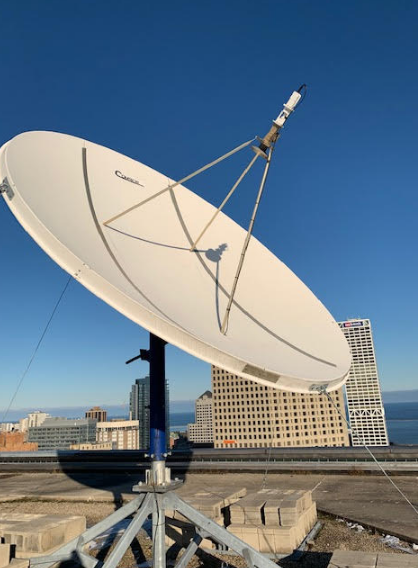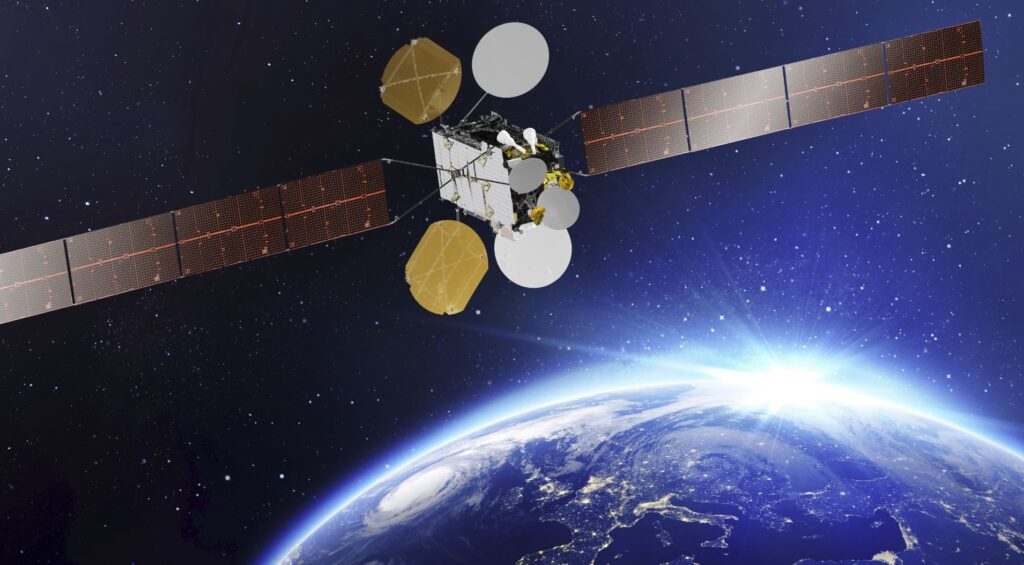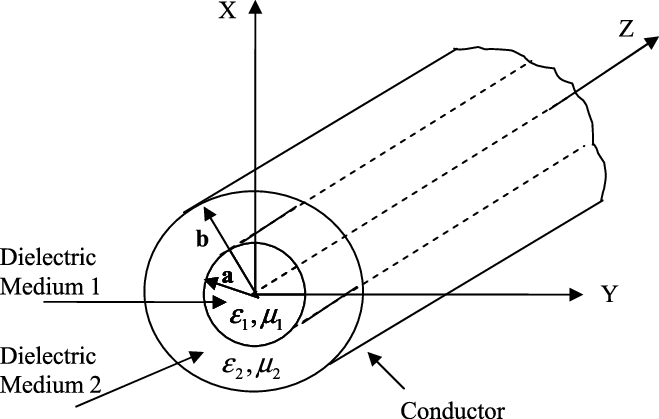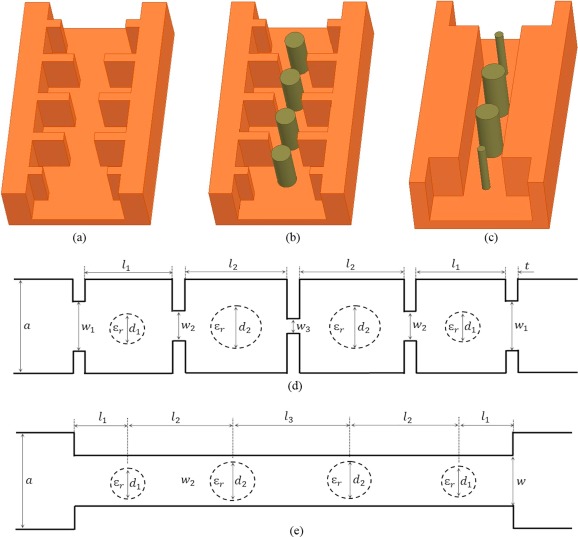Why Are Satellite Bands Important
Satellite frequency bands enable reliable global communications, reduce latency and support high-speed data transmission. They enhance Internet access in remote areas, improve navigation, and ensure real-time connectivity in key industries such as finance, transportation and defense. Global Data Transmission When transmitting data in tropical areas, the attenuation rate of Ka-band signals can reach more than […]
Why Are Satellite Bands Important Read More »









